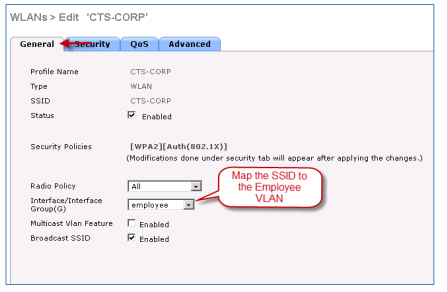


This is a great alternative to tables to organize and separate content. In a paragraph banner, the background color block extends across the width of the email message and highlights the text within the banner. In addition to using headings to organize the content in your email message, you can also create paragraph banners.
Adding fonts to universal type client how to#
Ideally, each heading would include only a few paragraphs.įor the step-by-step instructions on how to use the headings and styles, go to Format email messages with Styles. Organize the information in your email into small chunks. For example, use Heading 1 and then Heading 2. Organize headings in the prescribed logical order. Use the built-in heading styles and create descriptive heading texts to make it easier for screen reader users to determine the structure of the message and navigate the headings. Ideally, headings explain what an email section is about. Headings are meant to be scanned, both visually and with assistive technology. Top of Page Use built-in headings and styles On the Table Design tab, in the Table Styles group, select the Header Row checkbox. To ensure that tables don't contain split cells, merged cells, or nested tables, use the Accessibility Checker. Screen readers also use header information to identify rows and columns. Blank cells in a table could also mislead someone using a screen reader into thinking that there is nothing more in the table. Use a simple table structure for data only and specify column header information. If a table is nested within another table or if a cell is merged or split, the screen reader loses count and can’t provide helpful information about the table after that point. Screen readers keep track of their location in a table by counting table cells. Test accessibility with Immersive Reader. Make sure the email is easily read with Magnifier. Send the email draft to yourself and view it on a mobile device to make sure people won’t need to horizontally scroll the email on a phone, for example. If you have hyperlinks in your table, edit the link texts, so they make sense and don't break mid-sentence. Make sure the tables render properly on all devices, including phones and tablets. If you have to use tables, use the following guidelines to make sure your table is as accessible as possible: This makes the font very small, which forces Magnifier users to scroll horizontally especially on mobile devices. In general, avoid tables if possible and present the data another way, like paragraphs with headings and banners. Tables with fixed width might prove difficult to read for people who use Magnifier, because such tables force the content to a specific size. For more info, go to Improve accessibility with the Accessibility Checker. To manually launch the Accessibility Checker, select Review > Check Accessibility. The Accessibility pane opens, and you can now review and fix accessibility issues. Show me accessibility warnings only when I open the accessibility checker Any other issues will still appear in the Accessibility pane, but they won't cause the MailTip to appear.Īt least one recipient is outside my organization If you're composing in Black Theme with dark mode enabled, which is the default for this theme, the Accessibility Checker runs but shows notifications only when text contrast is insufficient. Using a dark background to compose a message. Show me accessibility warnings while I workĪt least one recipient prefers accessible content If any accessibility issues are detected, a MailTip appears to guide you to review suggestions and fix the issue. The default option is to show accessibility notifications in certain scenarios. Select File > Options > Accessibility and select if you want to see accessibility notifications through a MailTip while you work, in certain scenarios, or only when you manually launch the Accessibility Checker. In Outlook, you can define how the accessibility notifications and Accessibility Checker work.


 0 kommentar(er)
0 kommentar(er)
